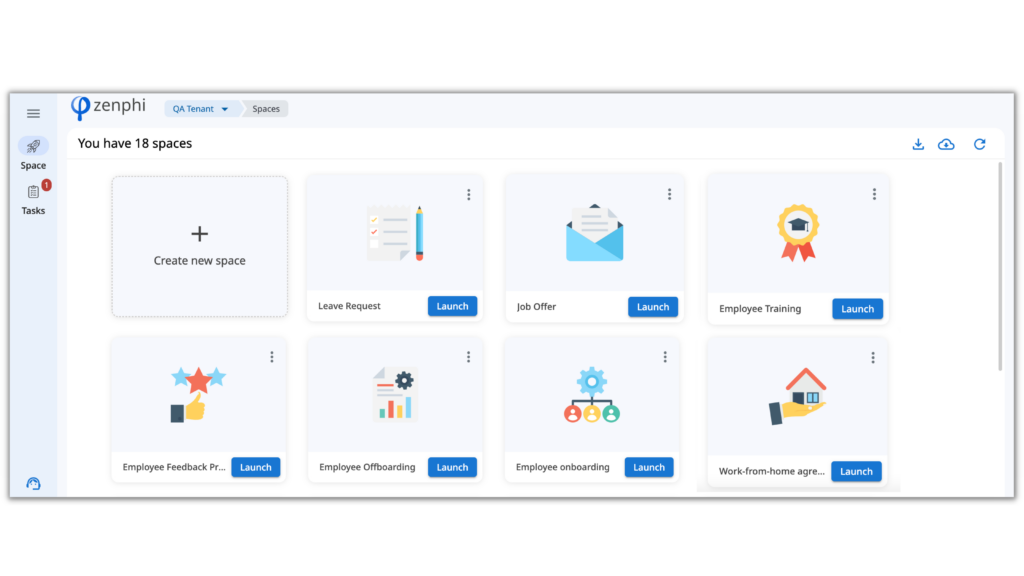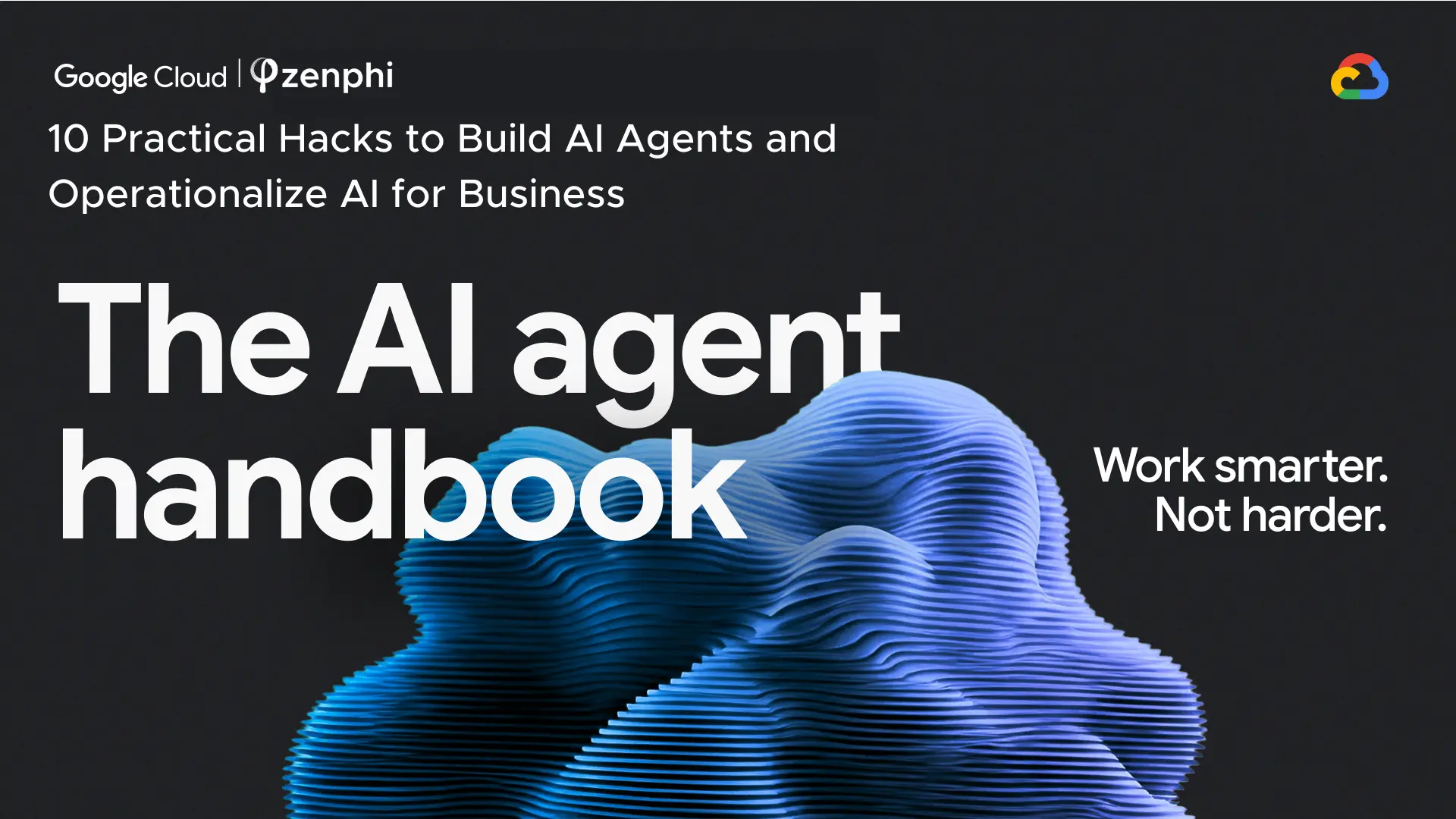It’s no secret that the current labour market is a challenge. With organisations everywhere competing for talent, internal HR teams can find themselves under pressure to meet the requirements of the business. At the same time, the new remote workforce means that many traditional HR practices are redundant, leaving teams scrambling to get used to new ways of recruiting, onboarding, and training staff. As automation takes the business world by storm, HR digital transformation is proving an effective way for businesses to streamline operations and even gain an edge over competitors. Here’s how to leverage the power of HR process automation in your business.
How Does Digital Transformation in HR Impact The Business?
Ensure a better experience for applicants
It’s an applicant’s market out there, which means if you want to attract top talent, your business should be doing everything you can to give them a great experience. From an HR perspective, this includes touching base when you receive an application and following up with applicants every step of the way. HR process automation makes this easy without adding to the workload of your human resources team.
Provide a better experience for employees
Richard Branson said when you take care of your team, your team will take care of your clients. If keeping your employees happy is a focus area for your business, HR automation should be on your agenda. Considering the many touch points your human resources team has with your team—onboarding, performance reviews, leave requests—there are so many opportunities to give them a good experience. Automating repetitive processes leaves your HR team with more time to take care of your team.
Gain access to accurate data
One of the biggest advantages of automation, regardless of the department, is access to quality data. When you’re relying on manual processes and people to input data, mistakes are bound to happen. Automating your HR workflows eliminates this risk and allows your business to make data-driven decisions.
Help your HR team work efficiently
With so much “box ticking” involved in the HR function, it’s no surprise your team’s plates are full. Automating what can be automated gives time back to your employees to focus on more impactful tasks that will move the needle in your business.
What Parts of HR can be Automated?
HR Digital Transformation in Recruiting
Essential to the success of any business, the recruitment process can also be time intensive for your HR team. Considering the current labor market, it’s more important than ever to be responsive to candidates every step of the way. Automation of your HR process can keep candidates engaged while saving time for your team by connecting your recruitment workflows and integrating them with existing tools.
HR Digital Transformation in Onboarding
A great onboarding experience has direct links to employee productivity and retention. While the remote workforce has many benefits, it has left HR teams scrambling to adapt their onboarding process, often with less efficient results. Automating this process is the solution to give new hires a great experience, no matter where they are located. Here’s how to automate the onboarding process using zenphi and the Google Workflow.
HR Digital Transformation in Day-to-day Request Management
An approachable, responsive HR team is the key to keeping employees happy. Something as simple as actioning leave requests in a timely manner seems small but can have a large impact. Here’s how to automate the leave request process using zenphi and the Google Workflow.
What are the milestones in HR Digital Transformation?
1. Be clear on your business goals
In order to launch a successful automation project, you first have to be clear on the goals that you want to achieve. Save time for your HR team? Hire 35 new recruits by the end of the 1st quarter? Whatever you want to achieve in your business, make a note of these goals and how they relate to HR so you can track progress and gauge the success of your HR digital transformation.
2. Perform an audit.
Next up, perform an audit of the processes and tools that are used by your HR team so you know what needs to be automated.
3. Map out a process to automation
Once you have pinpointed inefficiencies and gaps in your HR workflow, map out your new processes to automate, and ensure your team is on board with the way things look. The drag and drop builder in zenphi makes this process a snap, with no coding necessary.
4. Implement
Now for the fun part. How you choose to implement your new HR workflows is up to you. Whether you choose to go all in and kick everything off at once or start slow by automating in-house workflows first, get ready to achieve your goals.
5. Review
Review is an important step in any project. Once the dust has settled on your new HR workflows, take some time to assess their success. Seek input from your HR team as well as the wider business, and make adjustments as needed.
HR Digital Transformation & No-code Automation
With zenphi, you can automate every aspect of your business’s HR function. Leveraging the Google Workflow, you can use zenphi’s simple drag and drop builder to automate just about any HR process, freeing your HR team from repetitive tasks and ensuring your candidates, employees, and new hires all get a great experience. Here are some examples of common HR tasks you can automate with zenphi:
– Generate a work from home agreement and send to employees;
– Kick off an employee performance review;
– Request feedback from employees.

The beauty of the zenphi platform is its versatility. Regardless of the type or size of your business and the goals you want to achieve, zenphi is the easiest road to HR digital transformation.



